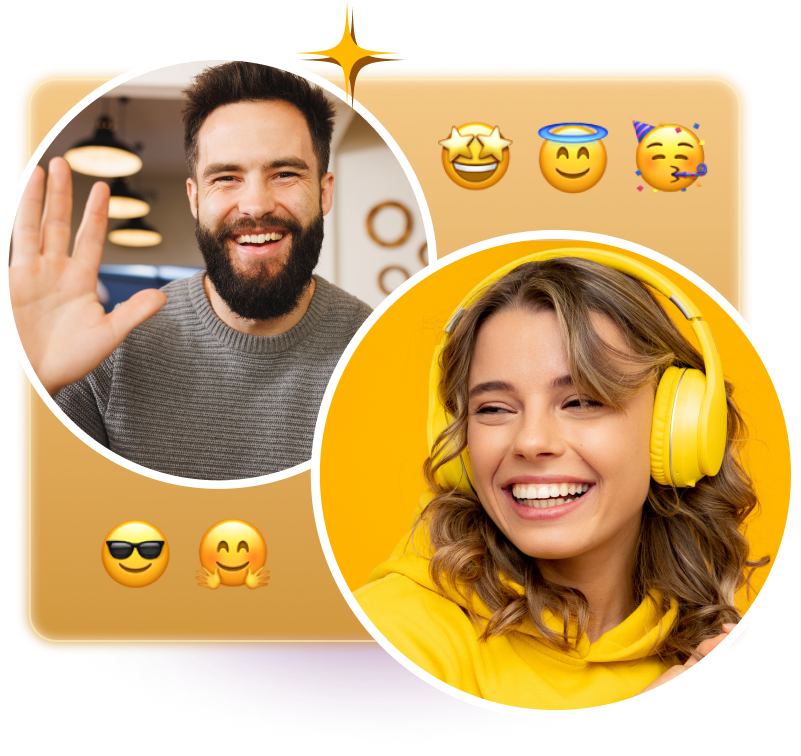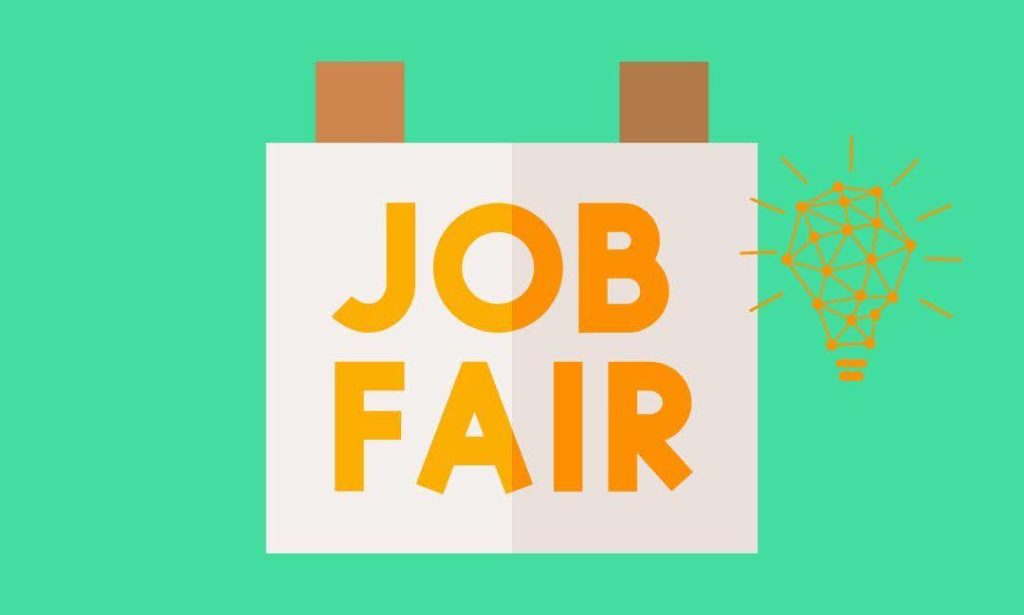
This guide covers everything from planning and execution to follow-up and measurement of success in cutting-edge strategies to raise the bar in your job fair experience.
1. Planning Your Job Fair
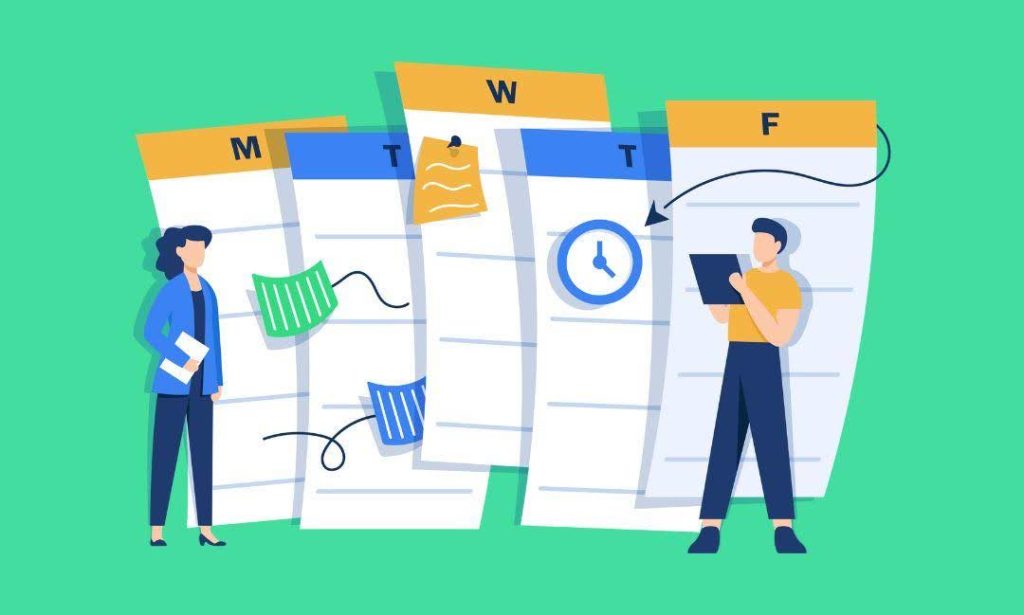
A successful job fair starts with proper planning. For job fair organizers, here are some ideas that will make your event pop:
Theme-Based Job Fairs
Organize your job fair around a specific theme. You can do this with a thematic focus, such as “Tech Titans Meetup” for IT roles or “Green Careers Expo” for all jobs with a sustainability focus. A themed event will attract more targeted participants and create a more memorable experience.
Unconventional Venues
Host your fair outside the traditional conference halls. Art galleries, museums or outdoor venues can be effective places to hold a job fair as they create a more relaxed atmosphere, and also allow organic interactions between the employers and job seekers.
Pre-Event Engagement
Plan the event promotions weeks in advance. Use social media to generate a buzz about the event, create eye-catchy teasers, introduce participating companies, and remind attendees what to bring while attending.
You can also design a dedicated event app or website where participants may pre-register, check the floor plan, and schedule meetings with the potential employer or candidate.
Diverse Participant Mix
Ensure there is a good mix of employers, job seekers, and industry experts. A mix of new startups and established companies can offer different opportunities to the attendees. Invite career coaches, resume writers, mentors, industry experts, etc., so that there is more return for the attendee.
2. Innovative Booth Designs

For companies participating in job fairs to attract talent, your booth will determine foot traffic and engagement. Here are some creative ideas you can implement:
Interactive Digital Displays
You may use touch screens or augmented reality engagements to showcase your company culture, products, or services. Give access to job openings, allow for virtual office tours, and even try simulated job exercises.
Modular and Sustainable Designs
Utilize green materials in the design of modular stands that could be easily changed up for various shows. Ensure recyclable components are used, and add live plants to make a vibrant, natural atmosphere while aligning with corporate sustainability initiatives.
Themed Environments
Make your booth into a mini-version of your workplace. For example, if you’re a tech company, design your booth to feel like a “coding cave”. Or if you run a travel agency, you could transform your job fair booth into a tropical destination!
Comfort Zones
Designate seating areas inside or around the booth where applicants can sit comfortably, charge their gadgets, interact with fellow attendees, or have more in-depth conversations with recruiters.
3. Interactive Activities and Demonstrations
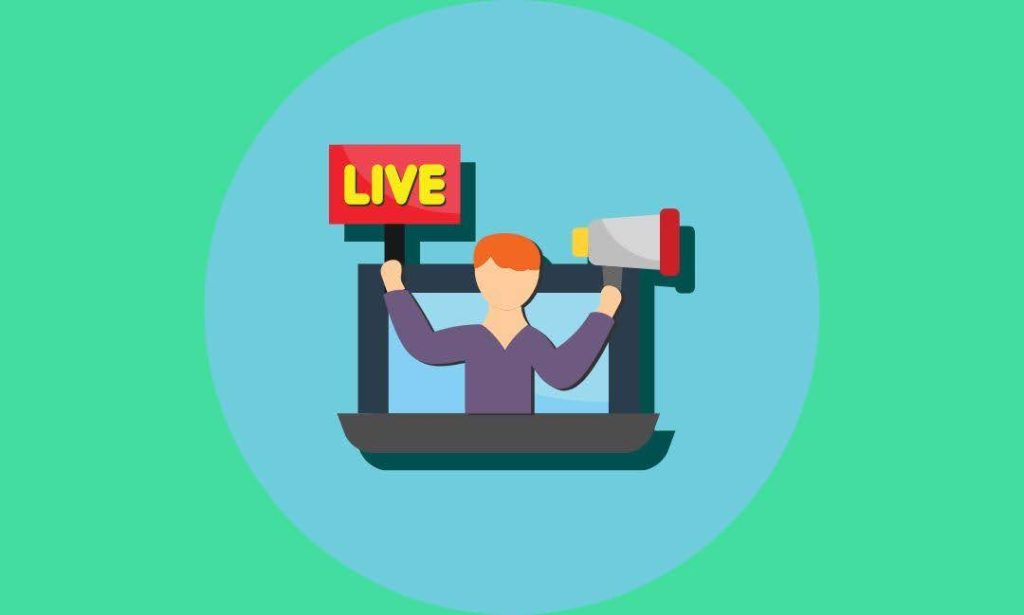
Engage the attendee’s hands on, by having the real work of the company and culture presented through workshops:
Live Problem-Solving Challenges
Host mini-hackathons or problem-solving stations where attendees may deal with real-world challenges that are found in your industry. It also keeps your attendees involved while it allows you to assess them in action.
VR Job Simulations
Employ virtual reality for job simulation experiences. This will give you a realistic preview to candidates about exactly what it is like to work in specific roles or environments.
Skills Workshops
Organize short, dynamic, and participative skills workshops that teach very practical skills related to your industry. This will show your company off as an industry leader and also benefits attendees immensely.
Gamification Elements
A scavenger hunt that directs participants to visit several booths or design a point system where participants are rewarded based on activities undertaken.
4. Leveraging Technology

Technology can automate processes and enhance the overall job fair experience with the following:
AI-Powered Matchmaking
Use AI-driven algorithms to match job seekers with compatible employers based on skills, experience, and preferences: In this manner, each party may enjoy better connections and an optimized allocation of their time.
Chatbots for Instant Information
Utilize chatbots in your event’s website or app to answer frequently asked questions, provide schedules, and offer customized recommendations to attendants.
Digital Business Card Exchange
Make the digital business cards easy to exchange between networking participants by using either NFC technology or QR codes. This eliminates the need for physical paper cards and allows for swift follow-ups.
Live Polling and Feedback
Utilize real-time polling tools to collect instant feedback from the attendees; that way, you can change event-related details on the fly, and maintain your engagement at a high scale all through the event.
5. Networking Strategies

These networking ideas will create meaningful interactions between all stakeholders:
Speed Networking Sessions
Schedule formal speed networking with various employers, where job seekers have brief, timed conversations, so all attendees get a chance to make connections.
Industry Roundtables
Design a roundtable discussion about trend topics within the industries you’re working. This will build knowledge and networks in an even more intimate setting and position your company as a thought leader.
Networking Lounges
Provide lounge-style networking areas with comfortable seating, refreshments, and interactive ice-breakers. This can offer a more relaxed setting for interacting outside the booth.
Mentor Match-Ups
Provide opportunities for pairing seasoned professionals with early career job seekers for short mentoring sessions. This might be especially beneficial for graduates looking to enter a new industry.
6. Follow-up Techniques

The culmination of the job fair is just the beginning of building the relationship. Leverage the following follow-up tactics:
Personalized Video Messages
Send personalized video messages to stand-out candidates, thanking them for dropping by your booth, and expressing interest in continuing the conversation.
Digital Swag Bags
Replace physical handouts by providing digital ones containing useful resources, exclusive content, and next steps to engage with the company.
Social Media Engagement
Design a unique event hashtag and ask the attendees to share their updates and activities. Engage with these posts and keep the chatter going on social media.
Automated but Personalized Follow-ups
Deploy CRM systems to send automated yet personally targeted follow-up emails through specifics of interactions and interests of each participant at the fair.
7. Measuring Success

Enhance future events and track proof of ROI through extensive measurements as such:
Data Analytics
Use an event management software to track the activity of attendees coming through, booth traffic, and interaction times. Analyze that to find trends and ways to improve.
Quality of Hire Tracking
Track for employers the quality and length of hires from job fairs, comparing these outcomes versus other recruiting channels.
Participant Surveys
Send out surveys to employers and job seekers at the close of each event for qualitative feedback. Improve your approach for future events based on feedback received from these surveys.
Long-term Relationship Metrics
Monitor the number of long-term professional connections made at the fair: hiring, mentoring, and business partnerships.
8. Adapting to Virtual and Hybrid Formats

Business world is becoming increasingly virtual, so job fairs must begin to embrace virtual and hybrid models:
Immersive Virtual Environments
Develop 3D virtual space for a job fair wherein individuals visit company booths, explore, and interact with recruiters using avatars.
Hybrid Event Integration
Design events that interlink in-person and with our virtual job fair experiences. This will allow more participants and employers to join the meeting easily, as they can interact and participate from anywhere.
Virtual Reality Networking
Use VR technology to make this event an interacting and immersive networking experience for remote participants.
On-Demand Content Libraries
Develop libraries of on-demand content, such as company presentations, job descriptions, and industry insights, to include in the events before, during, and after its occurrence.
9. Inclusive and Accessible Design

Ensure your career fair is accessible to all participants:
Multilingual Support
Have interpreters or live translation technology available as a means to enhance interaction during events among participants from different linguistic backgrounds.
Accessibility Features
Use sign language interpretation, captioning of all presentation materials, and design accessible booth facilities that allow participants with disabilities to access the event.
Diversity-Focused Events
Host events or sessions that focus on diversity in the workplace, such as a women in tech meetup or a career fair that targets veterans.
10. Sustainability Initiatives
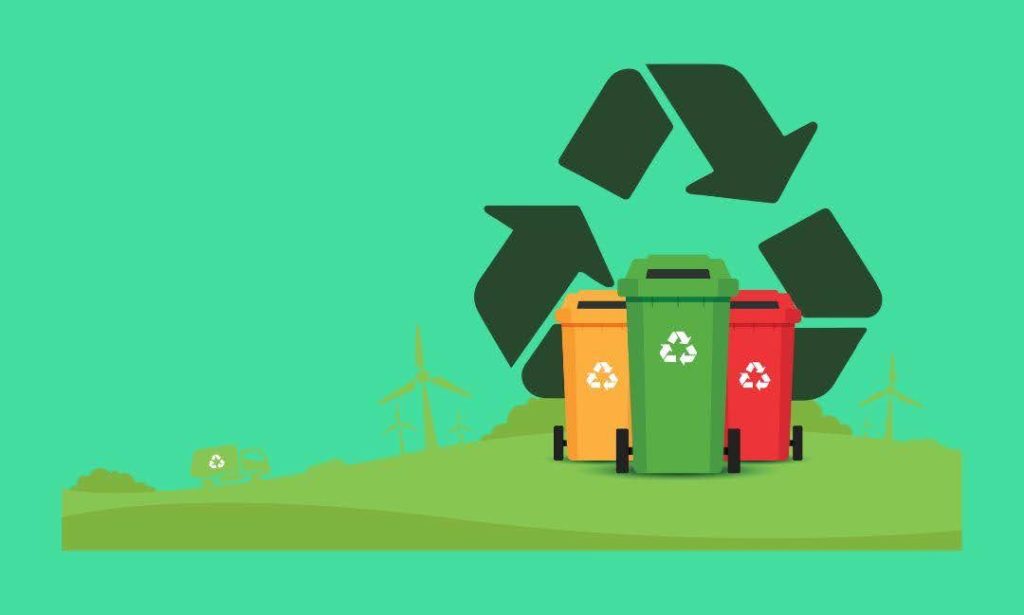
Integrate eco-friendly practices into your job fair, to leave an impact on attendees:
Paperless Events
Make all transactions and communications digital: no paper signage, no paper name tags, no paper resumes, only using QR codes or apps to provide information about an event or sessions.
Carbon Offset Programs
Partner with organizations to offset the carbon use for your event: invest in renewable energy or plant trees.
Sustainable Catering
If you’re serving food, use local sources, offer organic food, and pack minimally with compostable service wares.
Conclusion
Job fairs are rapidly evolving in scope, driven by newfound technology capabilities, shifts in the workforce, and an increased demand for meaningful connections. With new ideas, you’ll transform what once was a low-key meet-and-greet into a living, breathing, give-and-take activity that benefits everyone in attendance.
When planning your next job fair, think on which of these ideas would align best with your goals and audience. Do not be afraid to experiment with new concepts and be open to different opinions.
Focusing on engagement, leveraging technology, and adding a warm and welcoming, inclusive space, you can help your job fair meet but exceed the expectations of every participant.
FAQ
Interactive workshops, live resume reviews, and networking zones help keep participants engaged during job fairs.
Elements of gamification like challenges based on skills or quizzes can make the event lively with even the assessment of the candidates.
Create branded experiences: Bring themed booths, interactive displays, and on-the-spot interviews to create a ‘WOW’ effect.
Treat attendees to value-added sessions-including industry insights, personal branding tips, and networking opportunities with industry leaders.



